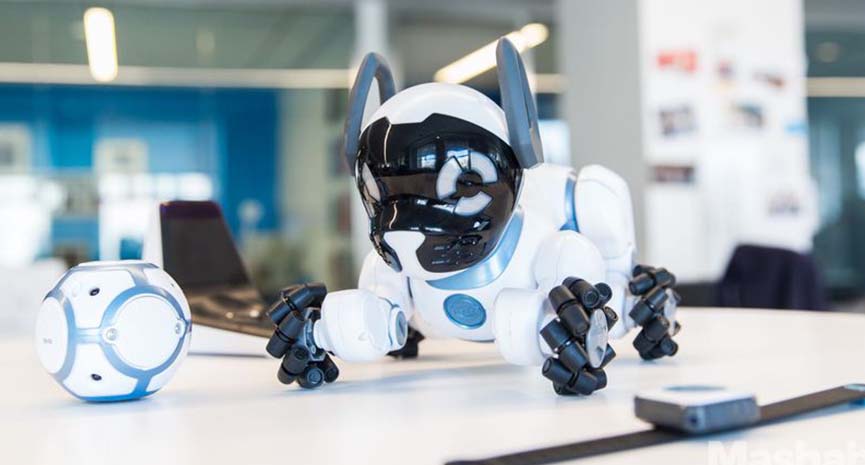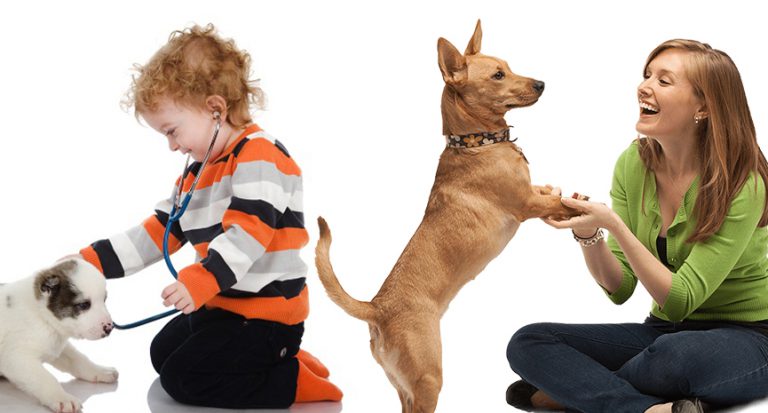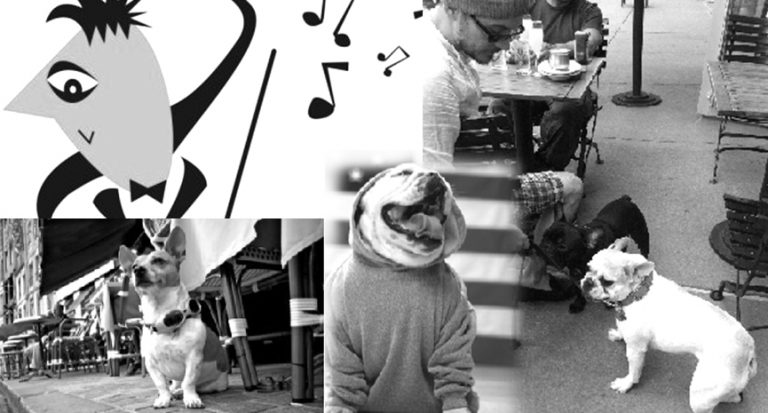In his 1915 guide to pets, Alpheus Hyatt Verrill, an American naturalist, lambasted the dog-keeping habits of his day. “There is no excuse for pampering, constant fondling, dressing up in clothing, and other ridiculous customs,” he wrote. Dogs, Verrill insisted, should be treated like the animals they are.
A century later, Verrill’s message has gone stupendously unheeded. Americans pamper their pets more than ever-treating them to such indulgences as air-conditioned doghouses, craft beer (albeit without the alcohol) and even video games. Future technologies promise to bring us even closer to our pets-and to make pets’ lives look more like human ones. Here’s a look at how our relationships with animals could change especially as it relates to robotics!
When 26-year-old psych student Danielle Spangler visited Palo Alto Veteran Affairs Hospital for a training interview, she never expected Dr. Geoffrey Lane to pull out a fluffy, white baby seal. Its eyelashes fluttered as it met her eyes. “She winked and I screamed!” she said.
Danielle had just met Paro, the most famous therapy robot in the world, its soft body and huggable shape designed to resemble a baby seal. Today, the robot seal is Danielle’s baby; her team uses it to comfort people dealing with dementia. She calls it Betty.
Betty lives inside a cupboard at nursing station, a bottle of disinfectant and wet wipes next to her. She gets cleaned after each interaction with a patient. Betty’s loaded with sensors that make her something ‘more’ than a cute toy. She reacts to light and sound, and can be taught to recognize her name. She’ll turn her head towards you when called. Nothing creaks when she nuzzles against you, and she feels warm, almost like she’s breathing.
Paro, launched in 2003, used to be a pioneer in the therapy pet robotics space, but she now has younger, thinner competition. In 2015, Hasbro launched the $99 Joy For All Companions: three robotic therapy cats in white, grey and tawny. That’s 60 times less than Betty, which retails for $6,000.
Danielle’s hospital invested in some of these cats to see how residents respond, but Dr. Lane’s not convinced. “We thought it was creepy,” he said, and explained that people don’t respond well to cat- and dog-styled robots, as they’re so familiar with the real deal, that’s interesting.
That’s why Betty looks like a seal; most people have zero hands-on time with seals, so they have no major impressions about their behavior.
“She’s cute, she brings out people’s caregiving impulse,” Dr. Lane told me.
But back to Paro, um, Betty. The general impression of anyone who hasn’t spent time with Betty is that she’s inherently ridiculous. Why have an expensive toy for the elderly?
But on the horizon might be Ollie the Otter, a cuddly robot project that students at MIT built in 2013. Pets that have come and gone include Keepon, a canary yellow “Peep” styled pet; and Popchilla, a green, floppy-eared alien that’s comforting to kids with autism.
These might all seem a little ridiculous, but they’re built off the back of healthcare research. “It was found that use of Paro consistently resulted in increased positive behavioral indicators…,” said Dr. Lane.
The use of real-life animals for therapy purposes has been well documented over the last 50 years, but the reality of having animals in a clinical setting is unlikely. Sure, short visits with trained animals are something they can arrange, but facilities aren’t set up to deal with full-time pets.
The argument is robo-pets will replace the real thing in as little as a decade. In fact, large numbers of patents are being filed by the companies based on predictions that the market will take off because we have become more willing to embrace technology in our social lives. Heck, just watch a kid walking a dog intently focusing on their phone, not the dog! A legitimate question is whether this technological evolution will also change human- animal relationships even more regarding the place of pets in human societies.
People who embrace animals as pets will find a world in which humans share their homes with only robotic pets “empty”. Programmed affection is no substitute for the real two-way bond that exists between a pet and its owner. To think a lump of metal could take the place of a sentient being with a unique personality is farfetched… right?
Having robots that are able to take care of us and our pets-and also befriend us will be both a necessity and an ethical dilemma. And what does it say about us as people that we’re placing the role/burden of human emoting experiences onto robots? But this could be just the beginning. Experts believe we will have a future filled with social robotics, and that Paro as an example is just a prelude. In fact chances are good we’ll see more social robots than therapy animals in hospitals. With life expectancy rising, and a tech-heavy, time-poor generation growing, social robotics are here to stay.
But here’s the bottom line. The concept of a pet gets shaped at an early age. Previous generations born and bred with dogs and cats might dismiss robopets as mere toys. But children of the digital age, raised on touchscreens and online games, might see things differently. One can imagine a future robot dog owner breathlessly asking his vet technician: is Fido dead, or is it just his battery?





